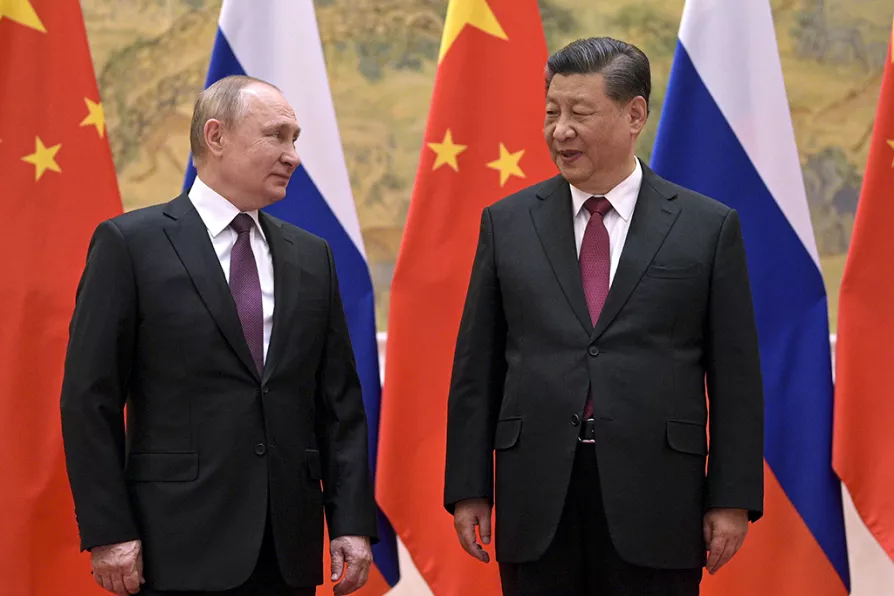Whether in recycling or energy policy, a deeper crisis in long-term thinking is apparent in Scotland. With the new Budget looming, MATT KERR wonders if we can move beyond shallow, headline-grabbing measures

 JUST before the start of the Winter Olympics in Beijing, Presidents Vladimir Putin and Xi Jinping issued a joint statement on international relations and on co-operation between China and Russia
JUST before the start of the Winter Olympics in Beijing, Presidents Vladimir Putin and Xi Jinping issued a joint statement on international relations and on co-operation between China and Russia
JUST before the start of the Winter Olympics in Beijing, Presidents Vladimir Putin and Xi Jinping issued a joint statement on international relations and on co-operation between China and Russia.
It is a document of about 10 pages that comes at a time of great tensions with Nato over Ukraine and of a diplomatic boycott of the Winter Games.
The text can be read as a plea for a new world order in which the US and its allies are no longer in charge, but in which the aim is to create a multipolar world, with respect for the sovereignty of countries.

In a speech to the 12th Xiangshan Forum in Beijing, SEVIM DAGDELEN warns of a growing historical revisionism to whitewash Germany and Japan’s role in WWII as part of a return to a cold war strategy from the West — but multipolarity will win out

The US’s bid for regime change in the Islamic Republic has become more urgent as it seeks to encircle and contain a resurgent China, writes CARLOS MARTINEZ












